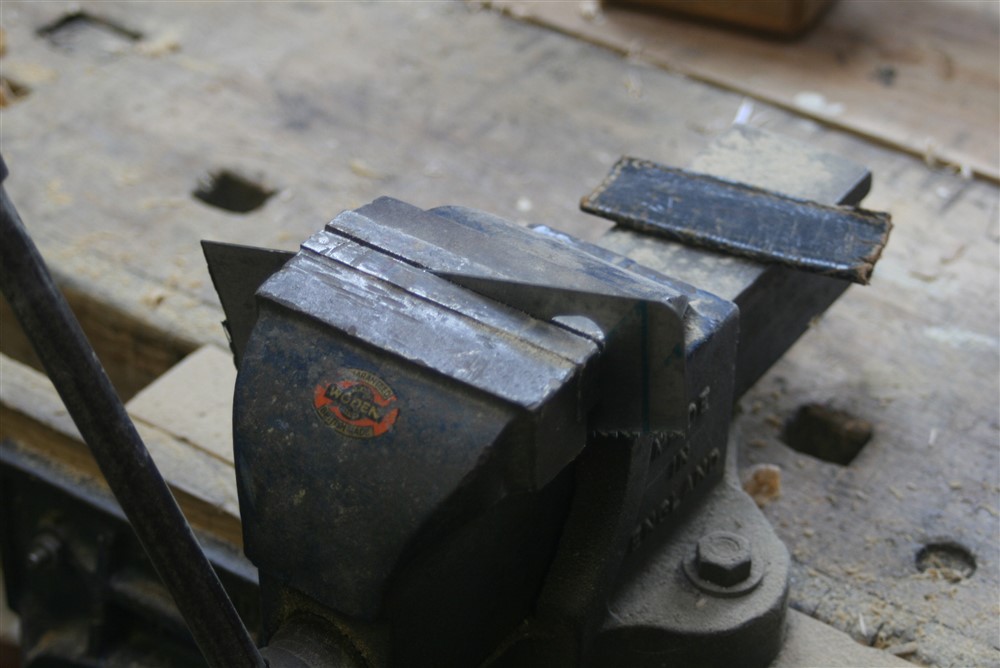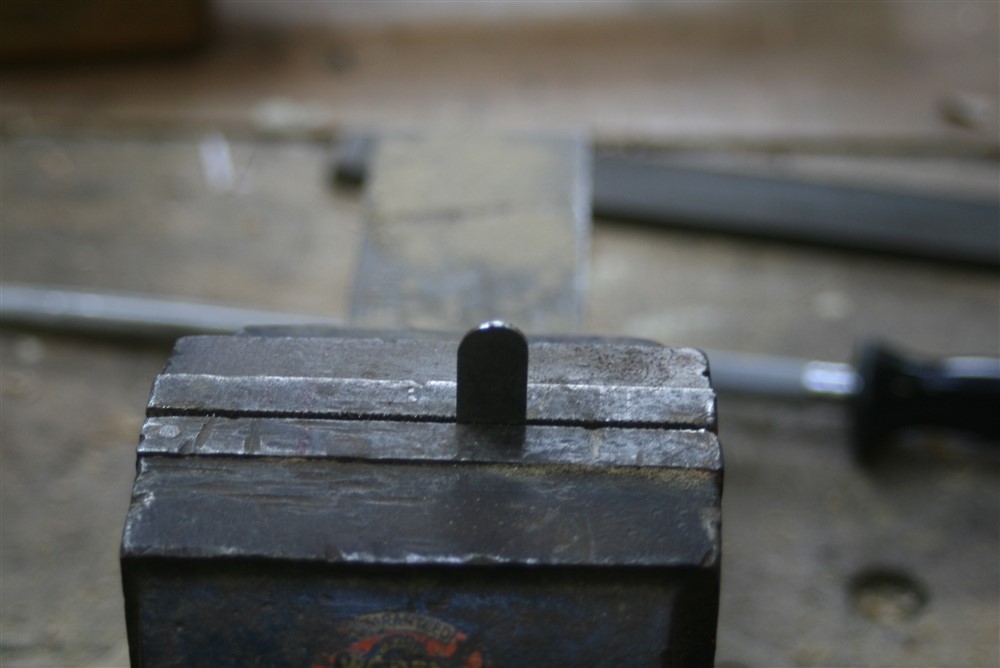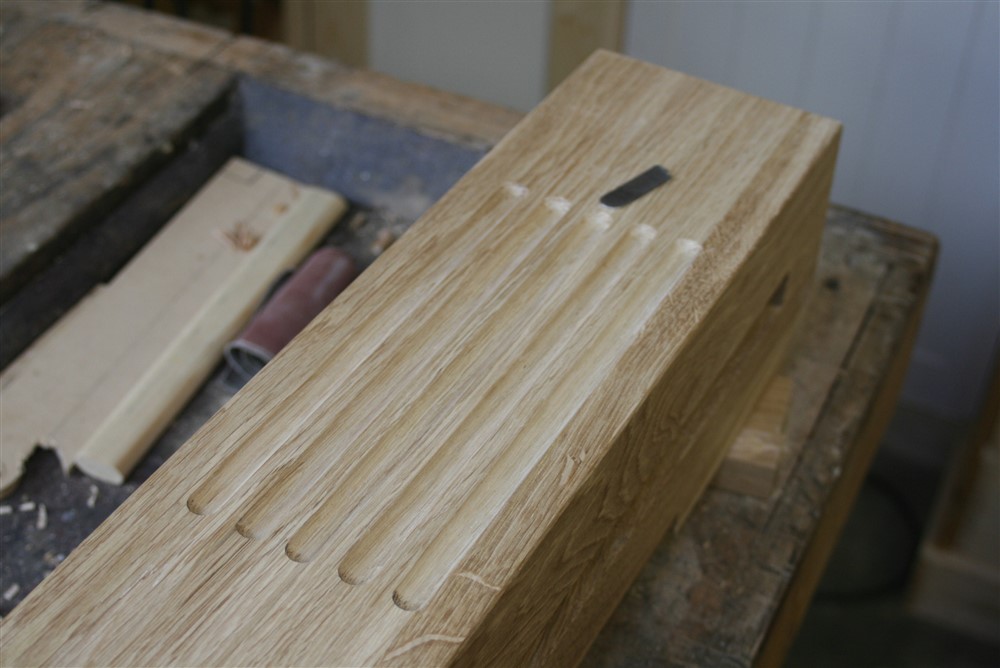Hi,
I am making some curves from 1" thick walnut and am wondering if anyone has ever made or had made some scrappers for fairing out the surfaces. I am having no issues with the convex face but the concave face is slightly harder.
I was thinking of having some scrappers CNC'ed to fit the curve (the panel it quite big at 1m x 1m roughly) and finishing them this way.
Any thoughts very welcome, what type of steel would be best suited and at what thickness? The scrapper I am using at the moment is a Veritas one at 1mm thick which seems fine.
Cheers,
Simon.
Simon.
I am making some curves from 1" thick walnut and am wondering if anyone has ever made or had made some scrappers for fairing out the surfaces. I am having no issues with the convex face but the concave face is slightly harder.
I was thinking of having some scrappers CNC'ed to fit the curve (the panel it quite big at 1m x 1m roughly) and finishing them this way.
Any thoughts very welcome, what type of steel would be best suited and at what thickness? The scrapper I am using at the moment is a Veritas one at 1mm thick which seems fine.
Cheers,
Simon.
Simon.









